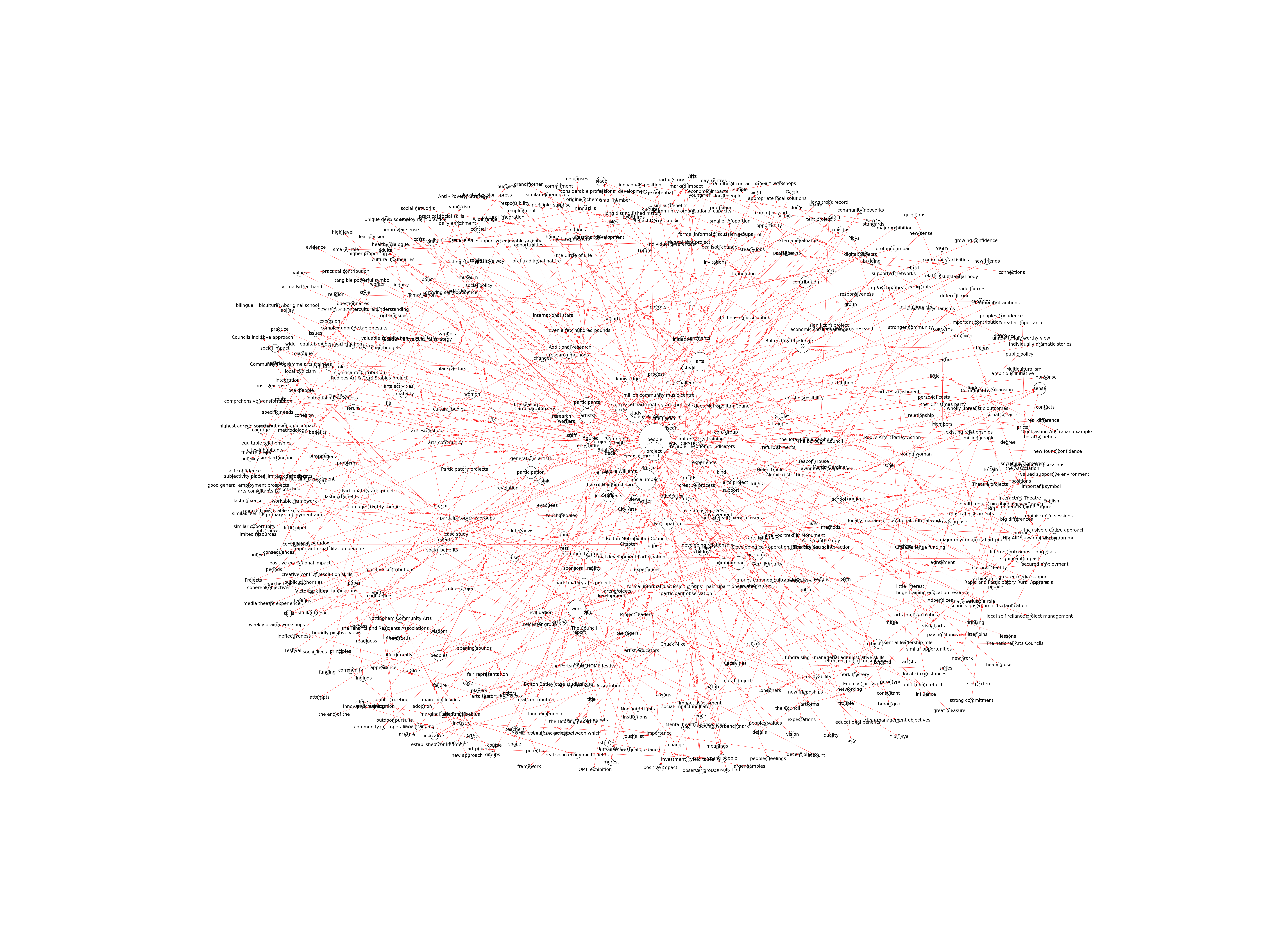| Id | 100 | |
| Author | Matarasso, F., | |
| Title | Use or ornament? The social impact of participation in the arts | |
| Reference | Matarasso, F. (1997). Use or ornament? The social impact of participation in the arts. Stroud, UK: Comedia. |
|
| Keywords | participatory arts; social impact; personal development; social cohesion; community empowerment; local image and identity; imagination and vision; health and wellbeing |
|
| Link to article | http://www.artshealthresources.org.uk/wp-content/uploads/2017/01/1997-Matarasso-Use-or-Ornament-The-Social-Impact-of-Participation-in-the-Arts-1.pdf |
|
| Abstract | Britain has seen an increasing use of arts initiatives to address socio-economic problems in recent years, ranging from major capital projects to local partici patory projects. While the economic value of these has been researched, albeit narrowly, there has been no large scale study of their social benefits. Between September 1995 and March 1997, Comedia, a leading independent research centre, undertook the first phase of a study into the social impact of arts programmes. This concentrated on participation in the arts, as the area most widely claimed to support personal and community development. This paper describes the findings of the research, which found that: Participation in the arts is an effective route for personal growth, leading to enhanced confidence, skill-building and educational developments which can improve people’s social contacts and employability. It can contribute to social cohesion by developing networks and understanding, and
building local capacity for organisation and self-determination. It brings benefits in other areas such as environmental renewal and health promotion, and injects an element of creativity into organisational planning. It produces social change which can be seen, evaluated and broadly planned. It represents a flexible, responsive and cost-effective element of a community development strategy. It strengthens rather than dilutes Britain’s cultural life, and forms a vital factor of
success rather than a soft option in social policy. The study concludes that a marginal adjustment of priorities in cultural and social policy could deliver real socio-economic benefits to people and communities, and recommends a framework for developing the role of participatory arts initiatives in public policy." |
|
| Metodology | Case study research, using the following techniques: questionnaires, interviews, formal and informal discussion groups, participant observation, agreed indicators, observer groups and other survey techniques, as well as desk research. |
Technique | Interview; Questionnaire; Observation; Desk research; Informal discussion groups |

Note: Due to lack of computing power, results have been previously created and saved in database


